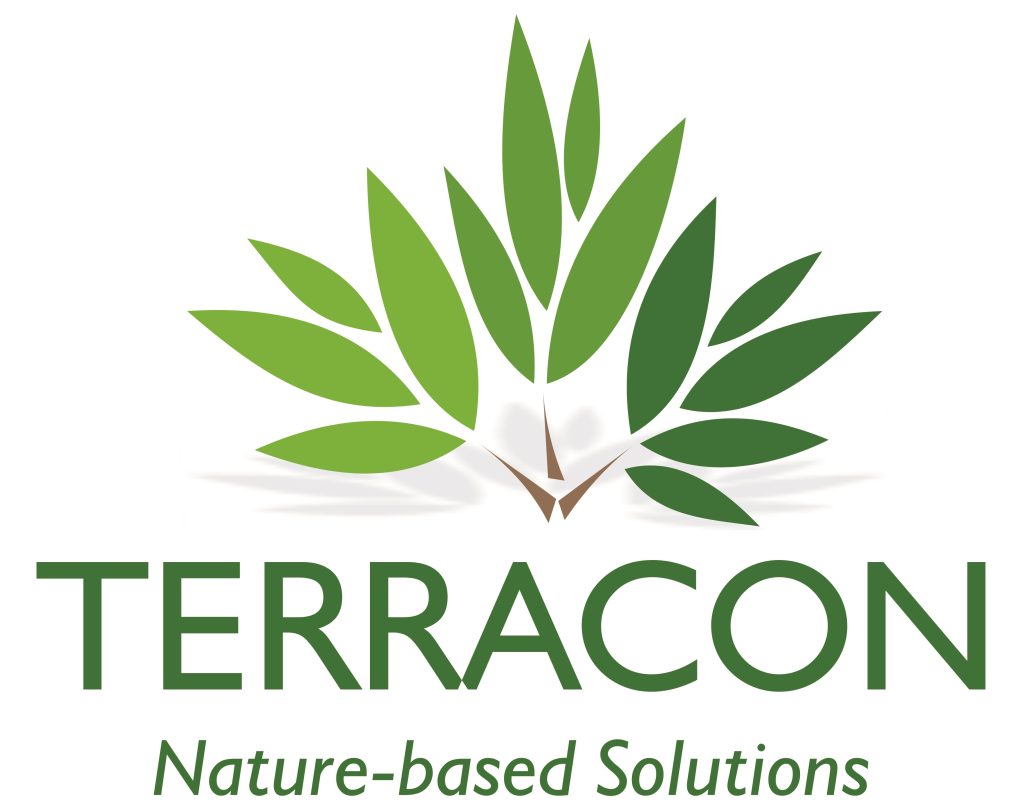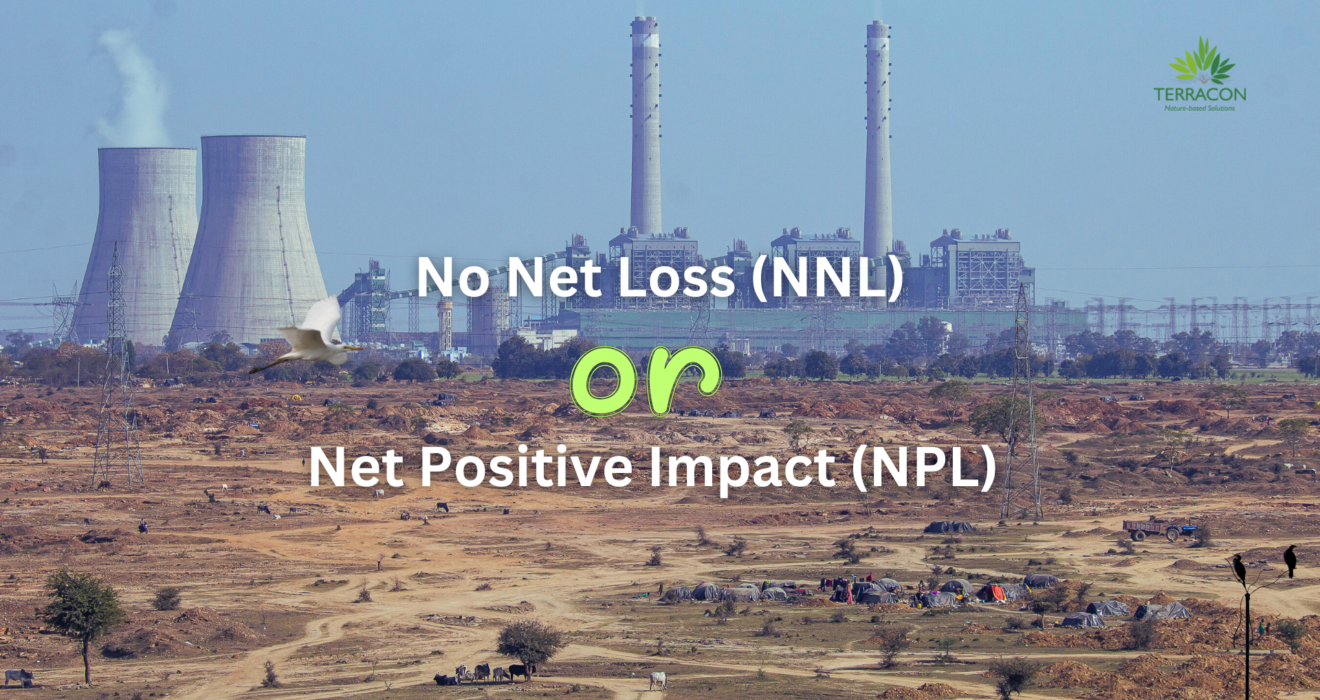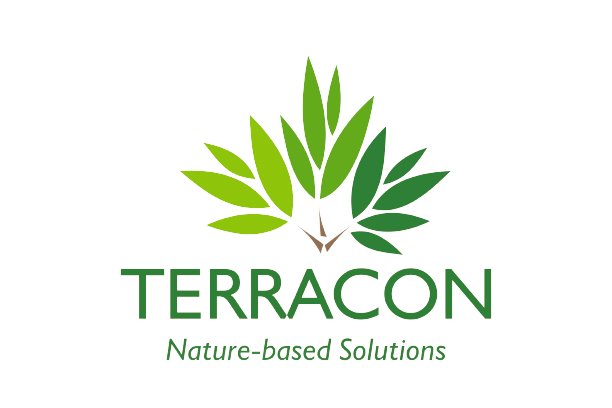In the quest for sustainable development, two concepts have emerged as frontrunners in the world of environmental preservation: No Net Loss (NNL) and Net Positive Impact (NPI). These approaches aim to minimize the negative impacts of development projects on biodiversity, with NPI pushing the envelope even further by creating a surplus of conservation efforts. Let’s explore these concepts and their implications for a greener future.
No Net Loss (NNL):
- NNL aims for equilibrium, ensuring that losses are counteracted by equivalent gains.
- It focuses on maintaining the current state of biodiversity, avoiding net losses, and preserving the status quo.
- NNL can be implemented at various levels, from individual projects to corporate strategies and landscape-wide initiatives.
- The Mitigation Hierarchy, which prioritizes impact avoidance, mitigation, rehabilitation, and biodiversity offsetting, serves as the foundation for NNL.
Net Positive Impact (NPI):
- NPI sets a higher standard by demanding that positive actions outweigh the negative impacts, resulting in a net positive effect on biodiversity.
- It goes beyond NNL by creating a surplus of conservation efforts, actively contributing to the restoration and enhancement of the natural world.
- NPI can lead to substantial conservation achievements and drive meaningful change in business practices and global conservation targets.
- NPI can be implemented at various levels, from individual projects to corporate strategies and landscape-wide initiatives, using the Mitigation Hierarchy as its foundation.
Both NNL and NPI aim to minimize the negative impacts of development projects on biodiversity, but NPI is more ambitious by demanding a surplus of conservation efforts, leading to a net positive effect on the environment.
Why should we strive for NPI instead of just NNL?
NPI goes beyond NNL by creating a surplus of conservation efforts, making it a more ambitious approach. By focusing on NPI, we can ensure that development projects not only minimize harm but also actively contribute to the restoration and enhancement of the natural world. This ambition can lead to substantial conservation achievements and drive meaningful change in business practices and global conservation targets.
In practice, NNL and NPI are often used interchangeably, causing confusion and diluting their intended meanings. It is essential to understand the differences between NNL and NPI and to apply them appropriately to achieve the desired conservation outcomes.
NPI holds immense potential for advancing biodiversity conservation. By integrating conservation into business practices, fostering partnerships with conservation organizations, and supporting national and global conservation targets, NPI can drive positive change.
See the Distinctive Features and Implementation NNL and NPI:
It can be implemented at various levels, from individual projects to corporate strategies and landscape-wide initiatives. The Mitigation Hierarchy, which prioritizes impact avoidance, mitigation, rehabilitation, and biodiversity offsetting, serves as the foundation for both approaches.
What have we learned from the implementation of NNL and NPI?
In practice, these terms are often used interchangeably, causing confusion and diluting their intended meanings. It is essential to understand the differences between NNL and NPI and to apply them appropriately to achieve the desired conservation outcomes.
The Promise of Net Positive Impact
NPI holds immense potential for advancing biodiversity conservation. By integrating conservation into business practices, fostering partnerships with conservation organizations, and supporting national and global conservation targets, NPI can drive positive change.
What benefits can we expect from embracing NPI?
By embracing NPI, we can create a world where development and environmental preservation go hand in hand. This approach can lead to significant conservation gains, particularly in sectors like extractives, where initial evidence suggests promising outcomes.
Addressing Challenges and Concerns Despite its potential, NPI faces challenges similar to those of NNL, such as difficulties in adhering to the Mitigation Hierarchy and concerns about the effectiveness of biodiversity offsets. Ongoing efforts to establish quality assurance mechanisms and best-practice standards aim to address these concerns.
How can we overcome the challenges associated with NPI?
To overcome these challenges, it is crucial to establish quality assurance mechanisms and best-practice standards. This will ensure that NPI is implemented effectively and that its conservation benefits are maximized.
Realizing Conservation Benefits The success of NPI hinges on the quality and quantity of its implementation. While its uptake is still in its infancy, initial evidence suggests promising outcomes, particularly in sectors like extractives, where significant conservation gains can be achieved.
What factors contribute to the success of NPI implementation?
The success of NPI implementation depends on several factors, including the quality and quantity of implementation, the commitment of stakeholders, and the establishment of quality assurance mechanisms and best-practice standards.
Embracing a Sustainable Future As NPI gains traction, particularly in sectors like extractives, there is potential for substantial conservation achievements. Challenges remain, but the conservation case for NPI is compelling, provided that high-quality implementation and commitment from stakeholders are in place.
What role can NPI play in shaping a sustainable future?
NPI can play a significant role in shaping a sustainable future by ensuring that every development project contributes positively to the natural world. By embracing NPI, we can pave the way for a greener, more sustainable future that benefits both humanity and the planet.
In conclusion
NNL and NPI offer a new paradigm for biodiversity conservation, emphasizing the importance of balancing or surpassing the negative impacts of development projects. By embracing these concepts and committing to high-quality implementation, we can create a world where development and environmental preservation go hand in hand, ensuring a better future for generations to come.

Written by
Anjeeta Goud
Team Business Development and Strategy
Terracon Ecotech




